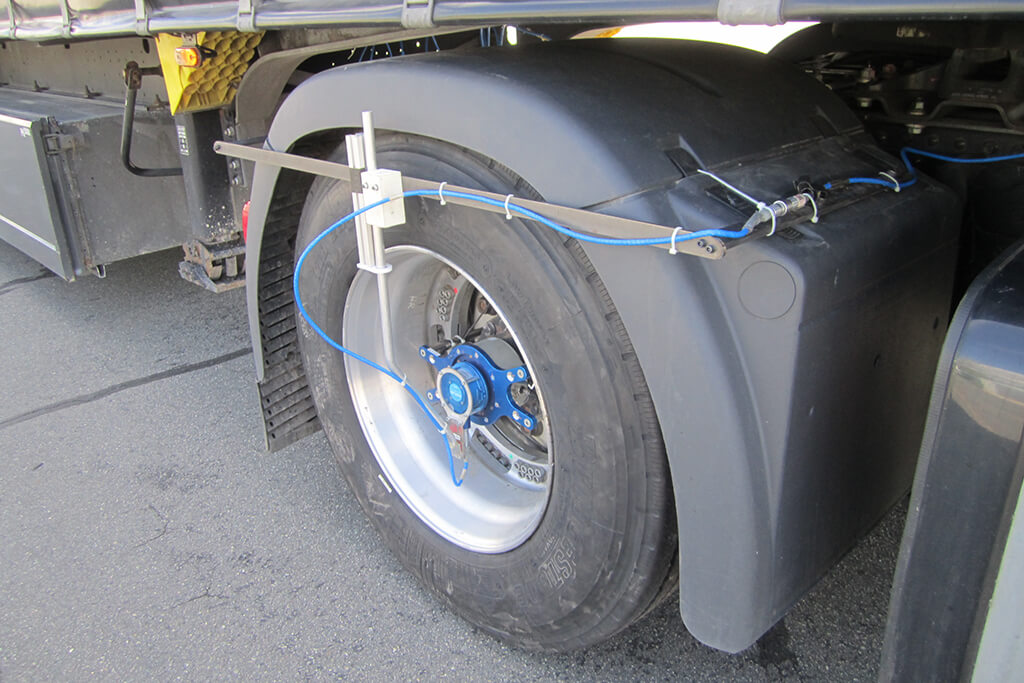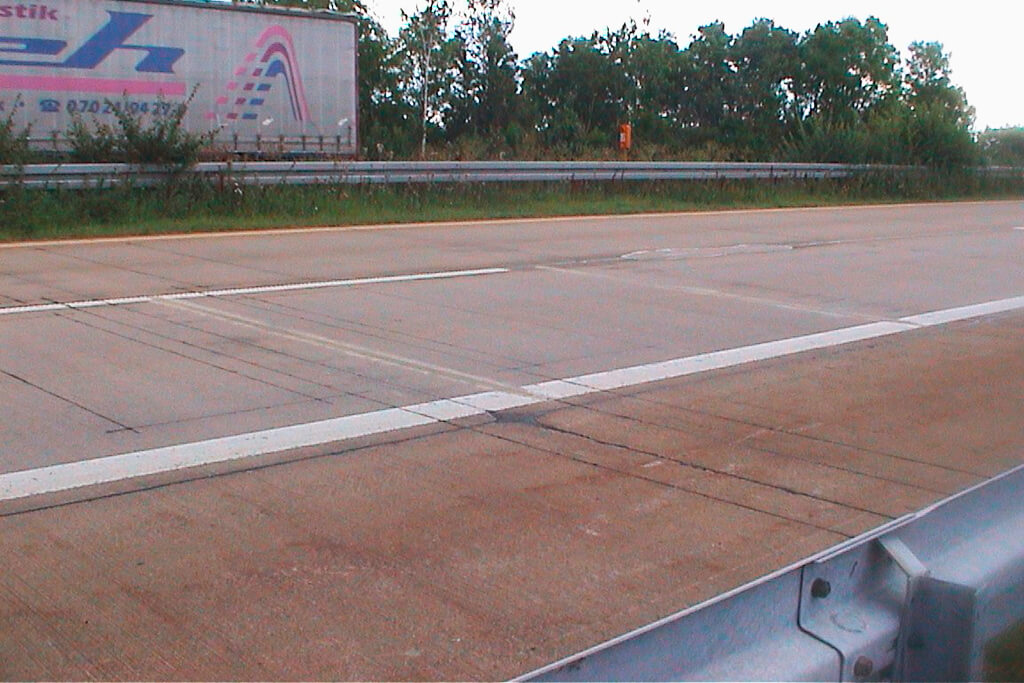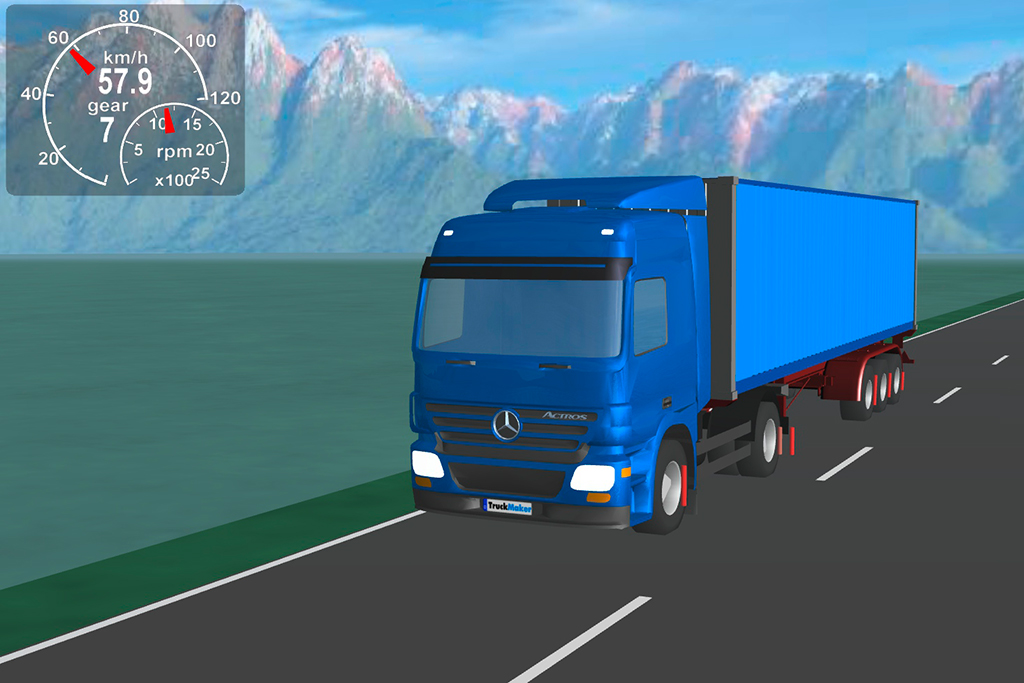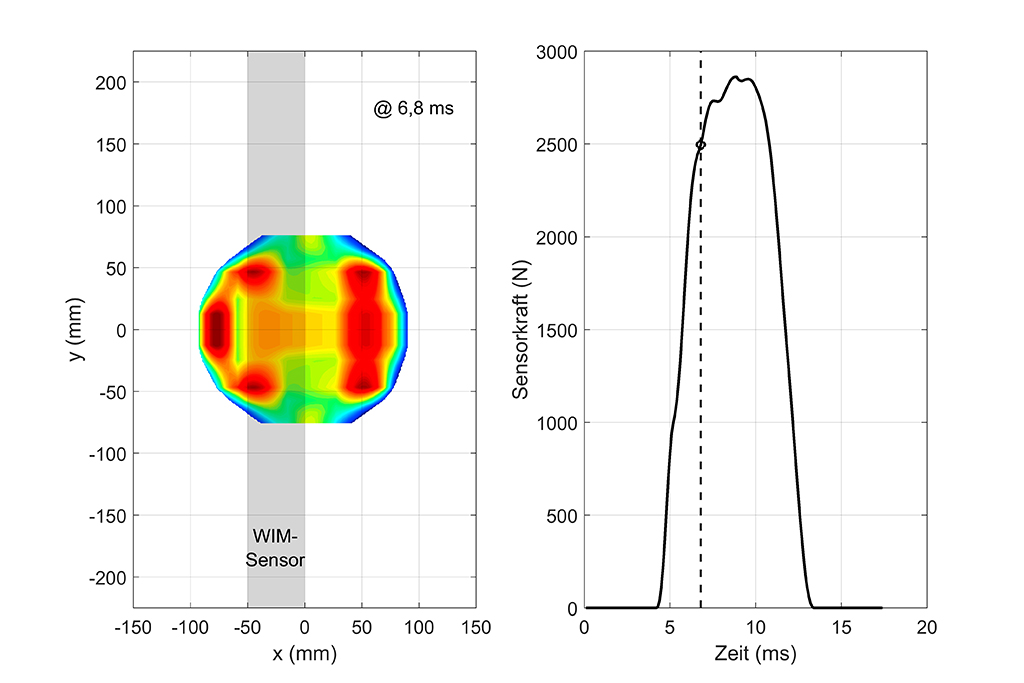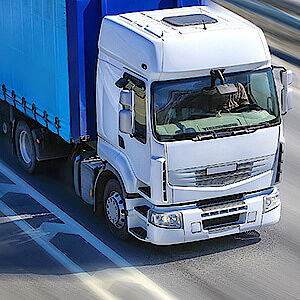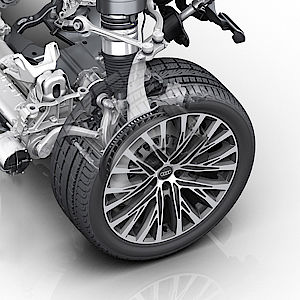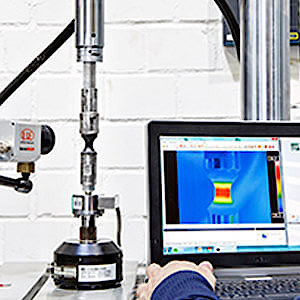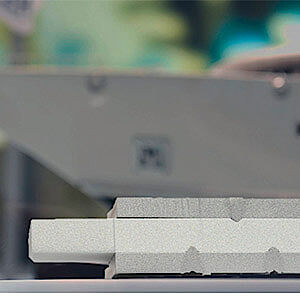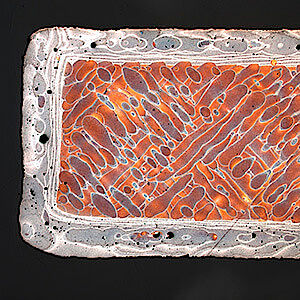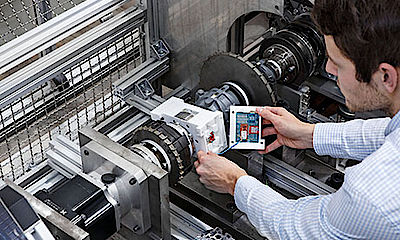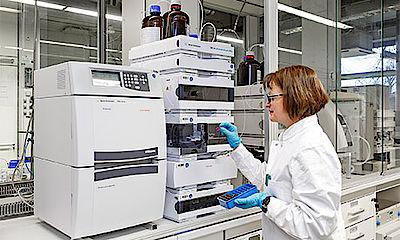Higher reliability in weight control of moving trucks.
weigh-in-motion, moving loads, traffic loads, road loads, road wear, bridge damage, road damage, measurement methods
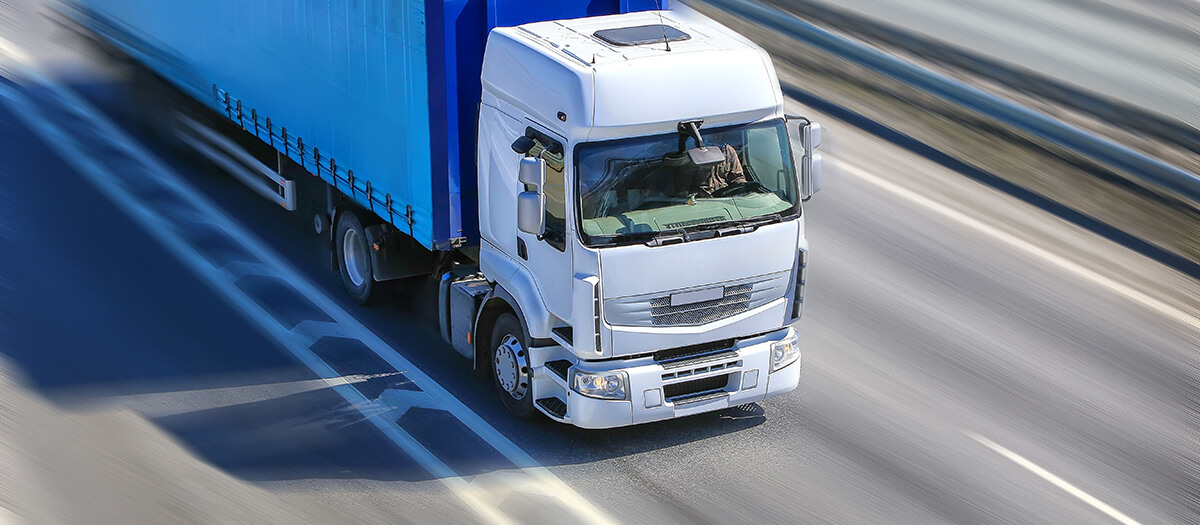
Strongly increasing amount of vehicle and growing vehicles weights do not pass our roads without taking a toll. The increased traffic loads lead to road wear and bridge damage. Against this backdrop, the state is interested in improving the Weigh-In-Motion (WIM) system so that the weights of vehicles can be reliably recorded even on high-speed motorways. A detailed observation of the measurement inaccuracies and system reliability of such WIM systems by Fraunhofer LBF is expected to help ensure that such systems can be approved as a standardized measuring method in the future. This would enable a weight control system that provides direct legally sound evidence similar to a speed trap or red-light camera.
Overloaded trucks are destroying our roads
Overloaded trucks are a major problem for road traffic. One of the main consequences of overloading trucks is the reduction of driving stability and driving safety and thus the increased risk of traffic accidents. A second major consequence is the increased strain on the road, which leads to greater damage to bridges and the entire roadway. Both aspects thus have economic impacts on society.
Accurate and reliable measurements of axle loads are therefore necessary to monitor the overloading of trucks and to initiate countermeasures early-on. Typically, the vehicle is randomly selected and removed from the traffic to be statically weighed on calibrated scales with very high measuring accuracy. Therefore, this system was used as the only way to conduct legally sound weighings until the mid-1990s. However, despite the high accuracy, there are disadvantages with this method:
-
Only a few vehicles can be weighed either randomly or in case of suspicion.
-
It requires a lot of time, personnel and money.
-
The diversion of vehicles to be weighed has a negative impact on traffic.
The approval of complex weight sensors requires a detailed understanding of the system
The objective of the LiBra project is a comprehensive simulation-based uncertainty evaluation of a Weigh-In-Motion system (WIM system), which is suitable for weighing fast traveling loads in such a way that the effects of the superimposition of the weight forces on the weight measurement resulting from the vehicle dynamics can be minimized. This uncertainty consideration will include the following elements/parameters of the WIM system:
Uncertainties of the force measuring equipment (sensors) resulting from
- width (compared to the wheel contact surface)
- resilience/stiffness (compared to surrounding road surface)
- natural oscillation behavior
- temperature behavior
- reliability of the sensors
Uncertainties from the road section preceding the force measuring device, resulting from
- uneven road surfaces
- road surface ruggedness
- road course (in terms of curve and height profile)
Uncertainties from the vehicle parameters resulting from, for example,
- natural vibration behavior of different vehicles
- tire geometry and pressure (contact area, load bearing behavior, ...)
Uncertainties from driving maneuvers, resulting from, for example,
- braking and acceleration maneuvers before or during the crossing
- steering maneuvers before or during the crossing
- load distribution changed by crosswinds and passing vehicles
Uncertainties from the calculation of the measuring signals resulting from, for example,
- the number of multiple force measuring devices
- the distribution of several force measuring devices
Several simulations with varied influencing factors and parameters were carried out using a detailed multibody simulation model of the tire sensor contact, a mechanical sensor model and a vehicle dynamics model of the whole vehicle.
The results obtained from the LiBra project serve as a quantitative relevance assertion of the key influencing factors and parameters of a WIM system for the quality of weight measurement.
The LiBra project is a step towards the weight ”camera”
The LiBra project with its generic statements will contribute to the development of calibratable and legal systems. The implementation and installation of such systems in the road infrastructure would help protect the road surfaces. Strict limits for total weights and axle loads already apply today. However, their widespread or even gapless enforcement is not possible with the current approach.
This affects the (if necessary judicial) enforcement of the set limits. The LiBra project will contribute to improving the monitoring rate. According to the chain of effects described above, this will help keeping the road infrastructure protected.
Federal Highway Research Institute (BASt)
The research project FE 88.0165/2017 (LiBra – recording loads in motion legally sound) is funded by the Federal Highway Research Institute on behalf of the Federal Ministry of Transport and Digital Infrastructure. The responsibility for the content lies solely with the author.

Contact
- Ph.D. Riccardo Bartolozzi
- Phone: +49 6151 705-8264
- riccardo.bartolozzi@lbf.fraunhofer.de
- Dipl.-Ing. Andreas Friedmann
- Phone: +49 6151 705-493
- andreas.friedmann@lbf.fraunhofer.de
